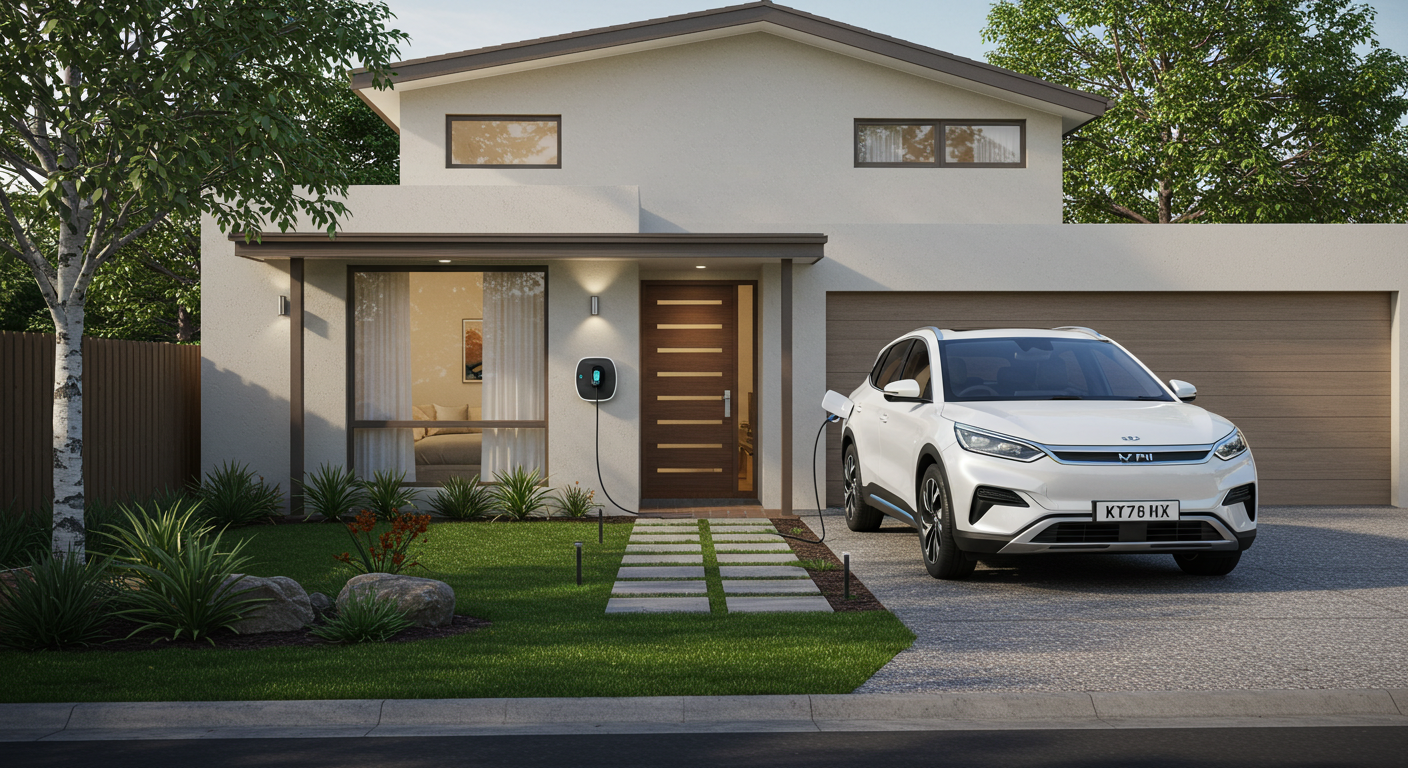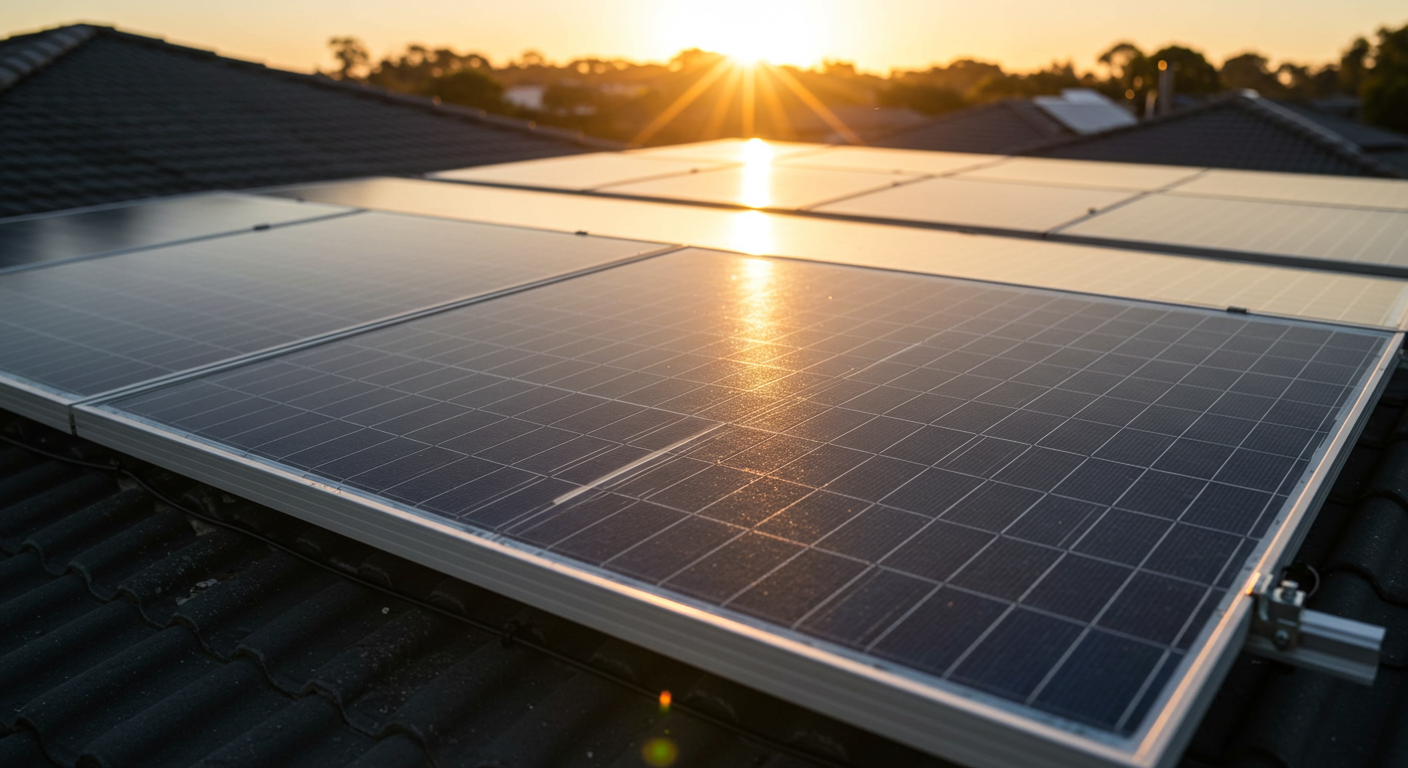Everything you need to know about home automation
Home automation is no longer something you only see in movies. Many Australians already use it every day without thinking about it, whether it is a smart light that switches off by itself or a doorbell camera that shows who is outside. What used to feel like a luxury is now becoming an easy upgrade for ordinary homes.
The benefit is that it takes the effort out of everyday tasks. Instead of checking every switch or thermostat, your home can do it for you. It makes life simpler, reduce energy bills, and adds an extra layer of comfort and security. This guide explains what smart home technology is, how it works, the main systems you can use, and the benefits and challenges to think about before you start.
What is Home Automation?

Home automation is the use of smart devices that connect to the internet or a local network so you can control your home more easily. These devices can manage lighting, heating, cooling, security, and even appliances without having to press a switch every time.
A smart home automation setup usually works through a phone app, a voice assistant, or a central hub. For example, you might say “turn off the kitchen lights” to a smart speaker, or check the front door camera from work on a mobile. The aim is to make everyday living more convenient and efficient while also giving you more control over comfort and safety.
How Does Home Automation Work?

Most smart devices are built with small sensors, a way to connect to your network, and a feature that takes action. A motion sensor might turn on a hallway light at night, or a thermostat could adjust the air conditioning when the house is empty. These actions are controlled through apps, voice commands, or preset routines that run on their own once you set them up.
Devices connect over Wi-Fi, Bluetooth, or low-power systems. Some link directly to the router, others use a hub to tie everything together. The result is a system where a phone, a voice command, or even a set schedule keeps the home running smoothly without constant effort.
The Parts of the Home People Usually Make Smart
Home automation can cover almost any part of the house, but a few systems are more common and practical for everyday use.
Lighting
Smart bulbs and switches allow dimming, brightening, or scheduling lights from a phone. They can switch off automatically when a room is empty or set the right mood for dinner, study, or movie time.
Climate Control
Smart thermostats and air-con controllers learn habits and adjust temperatures for comfort while saving energy. Instead of cooling or heating an empty house, they switch on just before arrival.
Security
Smart locks, video doorbells, and cameras make it easy to monitor activity and control access remotely. Many households start here since these devices provide both peace of mind and convenience.
Appliances
Fridges, ovens, washing machines, and even coffee makers now include smart features. Preheat the oven on the way home or get an alert when the laundry is done.
Entertainment
Smart speakers and TVs can connect with lights and blinds to create the perfect setting for music or movies. A central hub or voice assistant ties everything together, making the whole home manageable with simple commands or taps.
Benefits for Homeowners
Making Daily Life Easier
Smart home automation handles simple tasks automatically. Lights switch off when a room is empty, doors lock themselves at night, and the heater warms the house before morning. These small automations save time and reduce daily stress.
Cutting Bills and Saving Energy
Smart thermostats, plugs, and lighting systems with smart metering to track usage cut down on wasted energy. They switch off when not needed and adjust to schedules. Over time, this means lower electricity bills and a more eco-friendly home.
Peace of Mind with Security
Cameras, motion sensors, and smart locks provide control and visibility from anywhere. Unexpected activity triggers instant alerts, adding an extra layer of protection whether travelling, at work, or away for the day.
Comfort That Suits Lifestyle
A smart home adapts to personal routines. Create scenes for cosy evenings, bright mornings, or family movie nights. Voice commands and simple schedules make it easy to set the right environment.
Support for Independence
For older Australians or those with mobility challenges, automation adds comfort and safety. Voice commands can adjust lighting, temperature, or security without needing to move around, supporting independence and peace of mind.
Costs and Practical Considerations
Getting started with smart home devices does not have to be costly. A speaker, a few lights, and a smart plug may only add up to a few hundred dollars. A full system with locks, cameras, and appliances costs more, but most households build it gradually rather than all at once.
Ongoing Fees
Some devices work without ongoing fees, while others do not. Camera systems often charge for video storage, and premium monitoring services may add to the budget. Sensors may also need battery replacements, and devices require occasional updates through their apps.
Installation
Most products are simple to install. Smart plugs, bulbs, and portable cameras usually take only minutes. Wired devices such as smart switches should be handled by a Level-2 electrician for safety. If Wi-Fi coverage is weak in certain areas, a booster or mesh network may be needed to keep everything connected.
Long-Term Value
Although upfront costs can feel high, the value becomes clear over time. Energy savings, added security, and the convenience of automation often make the investment worthwhile. For many Australians, it is a change that improves comfort and peace of mind.
Simple Maintenance Tips
Smart homes do not ask for much, but a little care now and then makes a big difference. It is worth opening the app every so often to run updates, since most devices receive small improvements and security patches over time. Sensors that run on batteries will also need attention occasionally, and keeping your Wi-Fi strong helps cameras and doorbells stay connected without dropouts.
It also helps to test routines from time to time. Make sure lights switch on or off at the right times, locks respond properly, and cameras send alerts when needed. If a device seems slow or unresponsive, a quick restart usually fixes the issue.
Conclusion
Home automation is not about having the newest gadgets; it is about making life at home a bit easier and more secure. Simple changes like smart lighting that cuts down on power use or locks and cameras that keep an eye on things when you are away can make a big difference.
Home automation is not about chasing the newest gadgets, but about making life at home easier, safer, and more efficient. Small changes, such as smart lighting that cuts power use, or locks and cameras that provide security when away, can make a noticeable difference.
The best smart home system is the one that fits the lifestyle and budget. Start small, add devices as needed, and keep it practical. With steady planning, a home can become smarter without adding complications. For reliable guidance and support, DM Electric is a strong choice/





